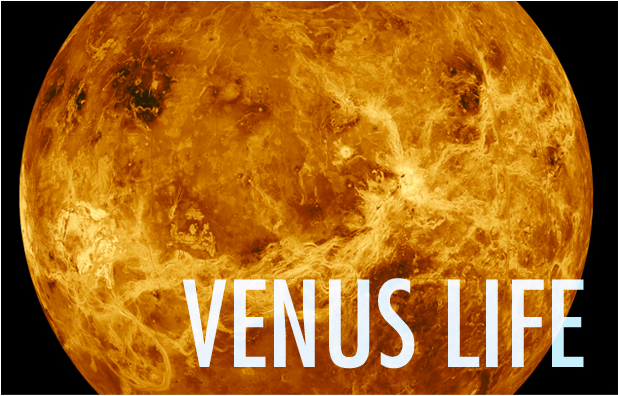Team:Stanford-Brown/VenusLife/Introduction
From 2012.igem.org
Venus Life
The surface of Venus constitutes perhaps the most hellish and biologically inhospitable places, boasting a pH of 0, blistering winds that can melt lead, and pressures of 60 atm. However, during the earlier years of the solar system, without the runaway greenhouse effect that has plagued the planet, Venus potentially housed oceans and perhaps even life. There is a possibility that microbes could have retreated into hospitable niches in the atmosphere, as suggested by Carl Sagan as early as 1967. 50 kilometers above the raging hell of the Venusian surface, exists a relatively temperate environment that might serve as reservoirs for life.
This astrobiology project seeks to explore life at the extremes and to theorize whether microbial communities could not only survive but also reproduce in the Venusian atmosphere. Specifically, we’re looking at life in the clouds: are aerosols viable microbial environments? But before we can test for life in the clouds, we have to develop a proper reporter to visualize cell growth in situ. For this purpose, we aimed to develop cell-growth dependent reporters to serve as remote biosensors for cell growth. We developed two using the polA promoter, a DNA-replication dependent promoter, and nrd operon promoter, a cell-cycle dependent promoter.
Using these cell-growth reporters, the next step is to aerosolize microbes expressing these reporters in a suspension chamber adapted from a Millikan Drop Apparatus to assay reproduction in an aerosolized environment. If aerosolized microbial reproduction is possible, we hope combine our results with Hell Cell to offer new insight into the viability of either engineered or naturally evolved life on the Evening Star.
So what did we do?
- Successfully developed two cell-cycle dependent promoters for remote biosensing in astrobiological tests! These reporters were characterized using microscopy and bulk assays and they work as expected!
- Since we are unable to send our functional reporters to Venus, the best we can do is model their behavior in the clouds of Venus. Our model of growth in the Venusian atmosphere shows that our culture would remain and persist in the relatively habitable 50-60 km cloud layer of the Venusian atmosphere.
- Prepared for tests of aerosol viability in the adapted Millikan apparatus.
 "
"
